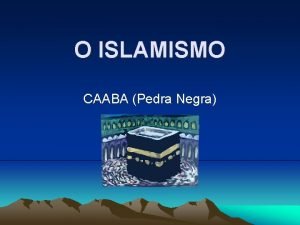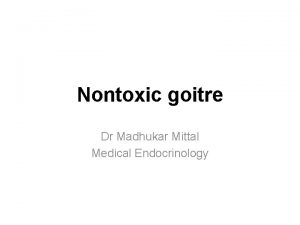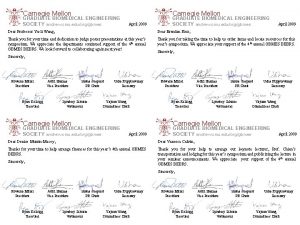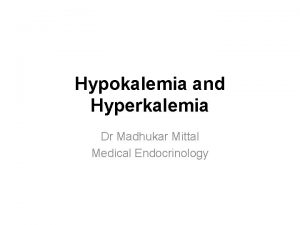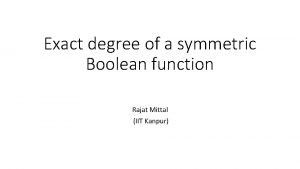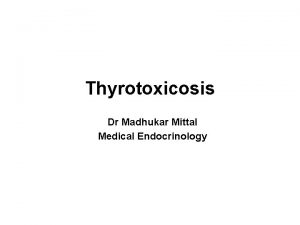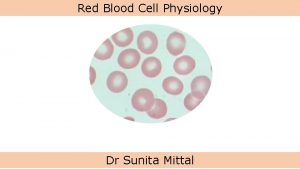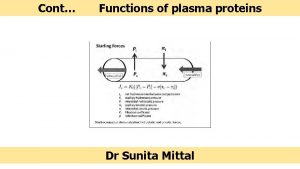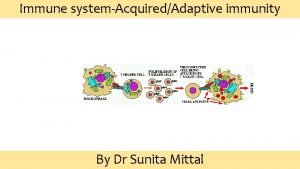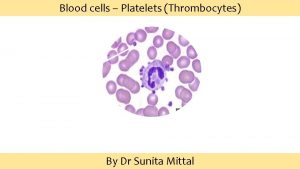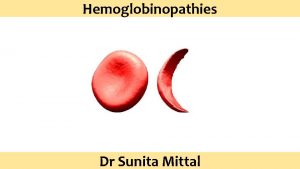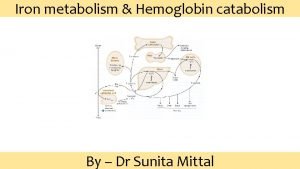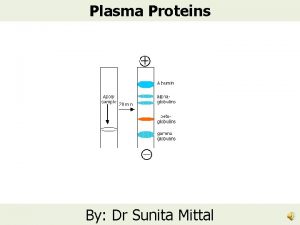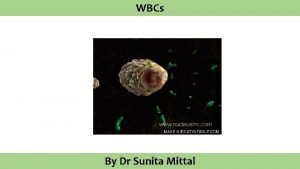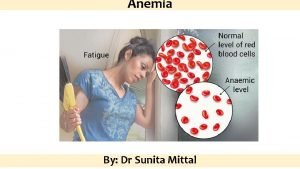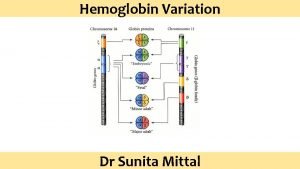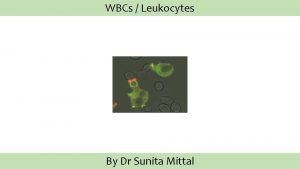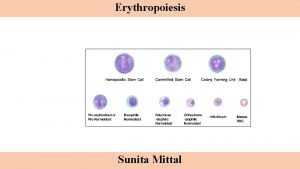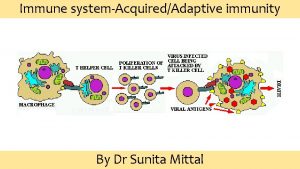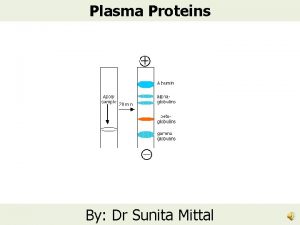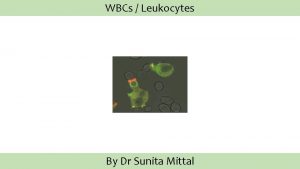Hematology Dr Sunita Mittal Dept of Physiology HematologyIntroductory




















- Slides: 20

Hematology Dr Sunita Mittal Dept of Physiology

Hematology-Introductory lecture Learning Objectives: At the end of this lecture student should be able to describe 1. What is Hematology 2. Definition, composition and functions of blood 3. Difference between blood and serum and importance of the term serum

? ? Hematology

Introduction to the branch of Hematology – It is a branch of medical sciences that is concerned with the study of blood i. e. functions of its components, and related disorders (diseases) and treatment.

Introduction to the branch of Hematology It encompasses physiology, pathology & clinical laboratory work, internal medicine, and pediatrics

Definition of Blood

Definition of Blood is a specialized, constantly flowing connective tissue which acts as a link between external & internal environment Thus carries out transport functions in body and works to maintain ‘constancy of milieu interior’

What is external and internal environment

What is external and internal environment External Environment Blood Internal Environment

Need - a link between ext & int environment Life arose in sea as unicellular organisms. Unicellular organism was present in the ‘unlimited – constant’ external environment of the primordial sea.

Need of a link between ext & int environment With time the evolution from unicellular organisms to multicellular organisms, the transition from specialized cell groups to organs, occurred. Thus interstitial fluid came into existence but it was very limited. Thus a system of circulating fluid blood came in to existence as a link between this int and ext environment

Common Characteristics of Blood • Blood volume (liters) = 7%-8% of body weight (80 ml/kg bw) – adult male: 5 to 6 liters – adult female: 4 to 5 liters • Blood p. H: Slightly alkaline p. H - 7. 35 -7. 45 • Viscosity: Blood is a viscous fluid. Whole blood: 4– 5 times to water (RBC).

Common Characteristics of Blood The specific gravity (relative density) of Whole blood : 1. 050 -1. 060

Functions of blood Maintain homeostasis Transport Actions : Blood transports various substances 1. Nutrients, 2. Gases, 3. Waste products, 4. Transport of various cellular products Defense against invading foreign substances including microorganisms Hemostasis is one of the very important function Water balance : Increased intake Increased output Temperature Regulation: It helps in circulating body heat evenly throughout the body.

Composition of Blood Water: 90% - 93% Plasma: 50 -60% Whole blood Solutes: 7% -10% Proteins Nutrients Products Electrolytes Others: urea, gases. WBC+ Platelet: 1% RBC: 40 -50% (male) 37 -45% (female) And anticoagulant is mixed

Composition of Blood Formed cellular Components: The Erythrocytes (RBCs - 4 -6 million/mm 3 , 45% - PCV) The Leukocytes and Platelets =~1%), Leukocytes (WBCs - 4000 -11000/mm 3) Platelets (Thrombocytes - 1. 5 -4. 0 lac/mm 3)

Composition of Blood Plasma: A protein-rich straw colored supernatant clear fluid portion of the anticoagulant mixed blood, that is devoid of suspended cellular elements, has immense number of organic & inorganic molecules.

Composition of Blood Serum: If whole blood is allowed to clot and the clot is removed, the remaining clear fluid is called serum. Serum has essentially the same composition as plasma, except that its fibrinogen and clotting factors II, V, and VIII have been removed and it has a higher serotonin content For all blood chemistry serum of blood is preferred over plasma.

Exercise-MCQs Major constitute of blood is (a) Water (b) Protein (c) Cells (d) Inorganic molecules Amount of total blood volume in an individual is approximately: (a) 50 -60 ml/kg body weight (b) 70 -80 ml/kg body weight (c) 90 -100 ml/kg body weight (d) >100 ml/kg body weight Total blood volume (% of body weight) is: (a) 8 (b) 20 (c) 40 (d) 80

Thank you
 Caaba pedra
Caaba pedra Sunita sarawagi
Sunita sarawagi Sunita dodani
Sunita dodani Multidatagram
Multidatagram Sunita mahajan
Sunita mahajan 4 types of trust
4 types of trust Atul mittal deloitte
Atul mittal deloitte Lga to pie
Lga to pie Pizillo method
Pizillo method Arcelor mittal net
Arcelor mittal net Rowena mittal
Rowena mittal Prateek mittal
Prateek mittal Mentimetre
Mentimetre How does hypokalemia cause metabolic alkalosis
How does hypokalemia cause metabolic alkalosis Rajat mittal
Rajat mittal Leena mittal
Leena mittal Madhukar mittal
Madhukar mittal Department of finance and administration
Department of finance and administration Nys department of homeland security
Nys department of homeland security Continuing education library oxford
Continuing education library oxford Florida dept of agriculture and consumer services
Florida dept of agriculture and consumer services
